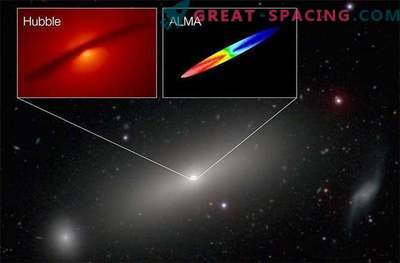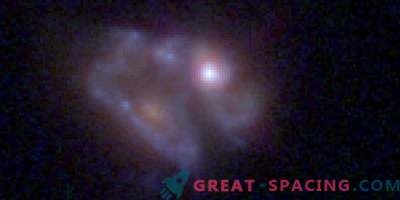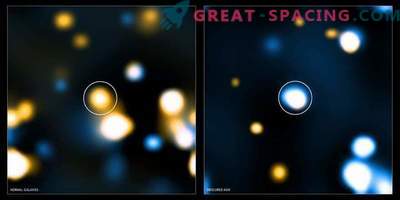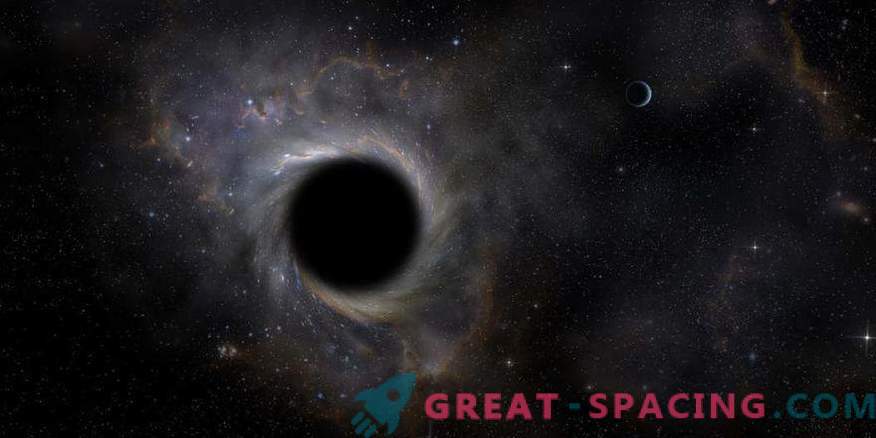
British astronomers report the first detection of a substance falling into a black hole at 30% of the speed of light. The object is located in the center of the PG211 + 143 galaxy, one billion light-years distant. Scientists used XMM-Newton X-ray observatory data to observe the black hole.
Black holes are objects with so powerful gravitational fields that even the light cannot escape from the capture. These objects are incredibly important in astronomy, as they offer the most efficient way to extract energy from matter. As a result, gas fall and accretion should create the most energetic phenomena in space.
In the center of almost every galaxy there is a supermassive black hole with a mass of millions and billions of times more than the solar one. When ingested enough material, they can start to “shine” and are considered as quasars or active galactic nuclei (AGN). But black holes are so compact that the gas almost always turns too much to fall straight. He chooses a path around the hole, gradually approaching the accretion disk. When the gas is on the spiral path downward, it moves faster and faster, becomes hot and turns bright, turning the gravitational energy into radiation, observed by astronomers.
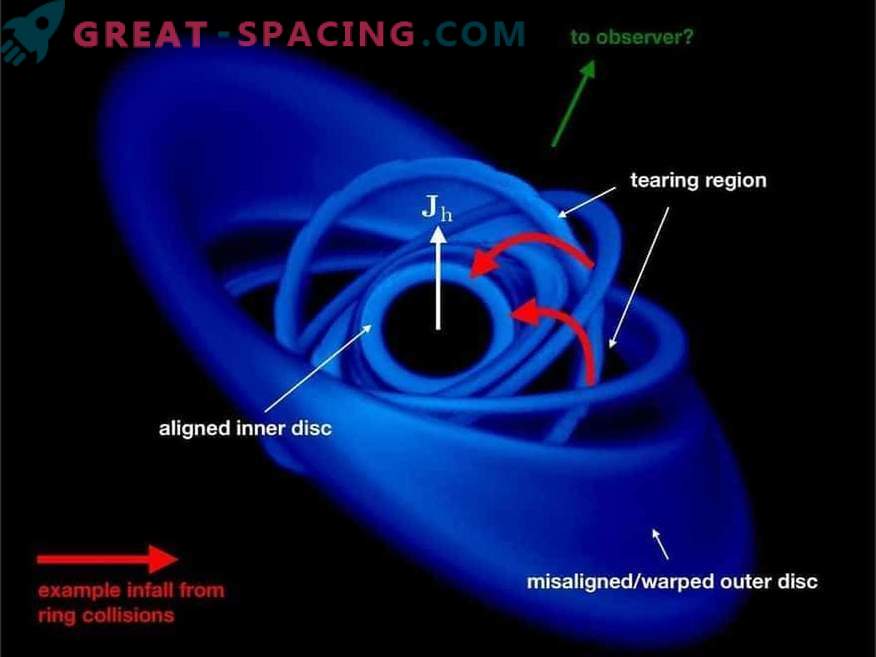
Typical disk structure when simulating a displaced disk around a rotating black hole It is often assumed that the gas orbit around a black hole is aligned with its rotation, but there is no exact evidence of this. It is still unclear how improper rotation can affect gas fall. This is especially important for the feeding process of supermassive black holes, because matter can come from any direction.
Using information from XMM-Newton, researchers studied the X-ray spectra of the PG211 + 143 galaxy. The galaxy lives in the direction of the constellation Hair of Veronica and belongs to the Seyfert type with an extremely bright AGN, due to the presence of a central massive black hole.
The researchers found that the spectra are very red, which means that matter falls into a black hole at a speed of 30% of light, namely 100,000 km / s. The gas almost does not rotate around the hole and is found extremely closely (20 times the size of the hole). The galaxy has been observed for a long time and once a powerful wind indicated that it was overloaded. Such winds are fixed in many active galaxies, but it was PG1211 + 143 that first showed the process of matter falling into the black hole itself.
A new study also indicates that “chaotic accretion” from mismatched disks is likely to extend to supermassive black holes. They will rotate rather slowly, will be able to absorb more gas and grow faster. It is believed that this is why black holes in the early Universe were gaining massiveness in a great hurry.
